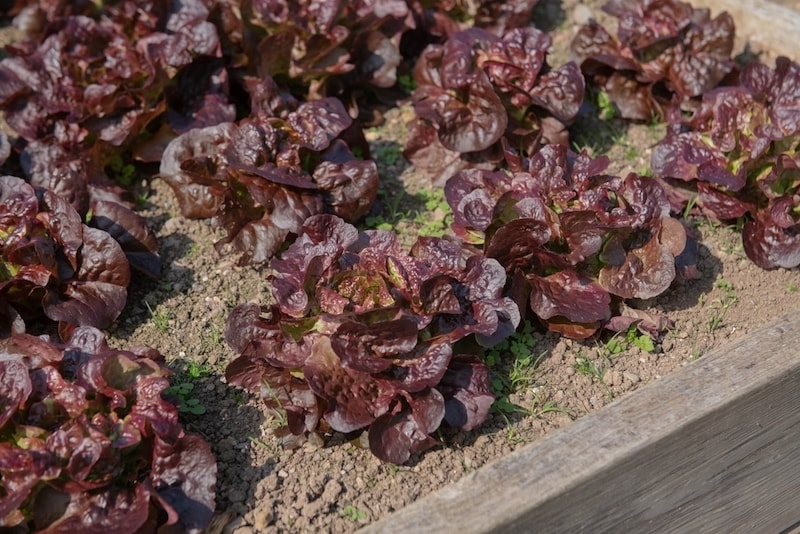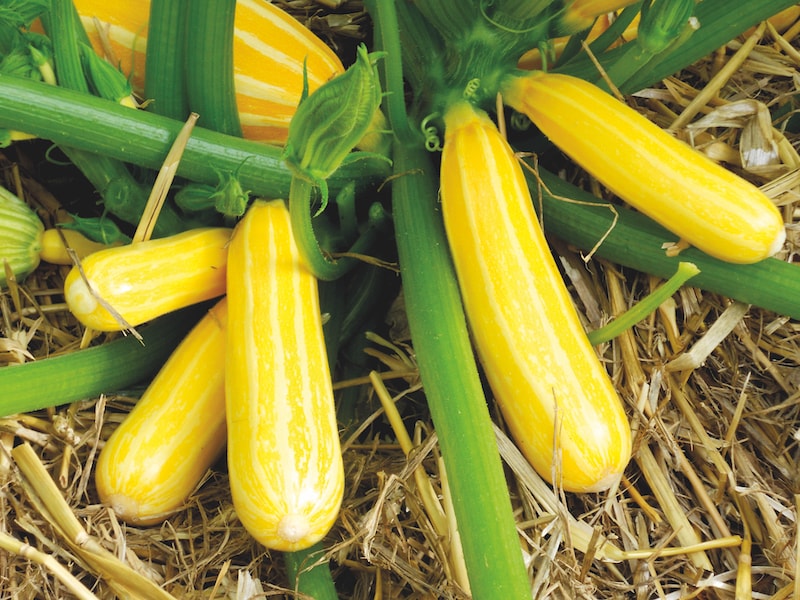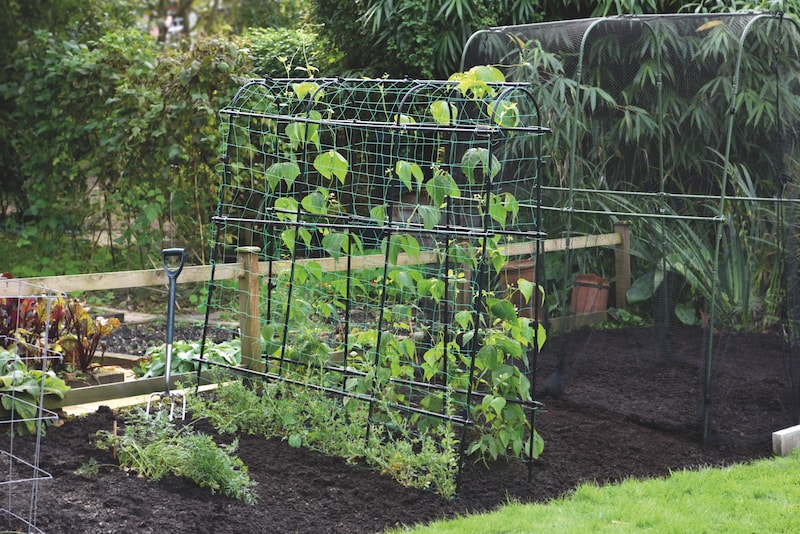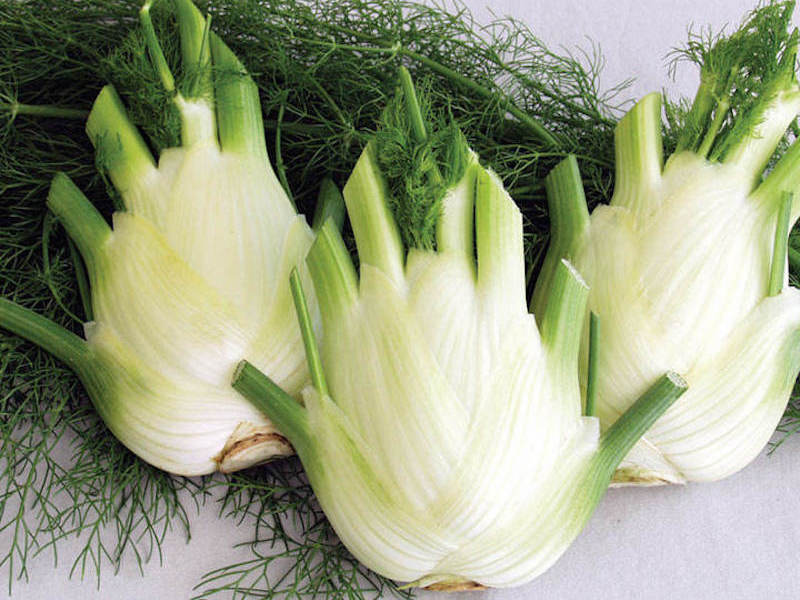By mid-summer, your vegetable garden is probably in full swing and providing plenty of fresh produce. To keep your plants cropping happily and prevent bolting, it’s important to make time to visit regularly. Having carefully sowed your vegetable seeds and nurtured the tiny seedlings, investing a little more time as they hit their peak will ensure you get a bountiful return.
Here are our five top tips for keeping on top of your veg patch:
- Weed regularly
- Harvest crops often
- Protect from excess heat
- Spot-water and provide nutrients
- Keep succession-sowing seeds
1. Weed regularly

Image: Peter Turner Photography/Shutterstock
Keep on top of weeds to prevent them from stealing water, nutrients and space from your growing crops. In addition to competing for resources, weeds harbour pests and diseases that can affect the quality of your harvest.
Try to control weeds before they have a chance to get established and spread. A long-handled hoe is a useful tool to tackle this task, but for crops with shallow roots, a hand tool prevents accidental disturbance.
2. Harvest crops often

Image: Courgette F1 Goldmine from Suttons
Once your plants begin to crop, regular harvesting will prevent them from ‘bolting’ or prematurely running to seed. Of course all plants eventually stop producing edible fruits, but encouraging them to crop for as long as possible is what successful veg growing is all about!
Vegetables like courgettes, beans, peppers and cucumbers will actually be more productive if you pick the fruits often. If they’re left for too long, your plant will assume that its job is done and divert energy to producing seeds instead. Of course, some crops like beetroot and carrot are over as soon as you harvest them. The trick is to have something ready to take their place, and keep your patch as productive as possible.
If you’re growing leaf crops, remove the largest, outer leaves every couple of days to make sure the plant produces more. The same applies to leafy herbs like basil, parsley and coriander. If you don’t trim them regularly, they’ll start sending up flower shoots and stop producing fresh leaves.
More fruit and veg than you can possibly keep up with? Give some to friends and family or find interesting ways to preserve it for later in the year. Freezing, drying and pickling are all excellent options.
3. Protect from excess heat

Image: Garden Gear Pea & Bean Tunnel from Suttons
Several stress factors can cause plants to ‘bolt’ or run to seed, making them taste bitter and stop producing a crop altogether.
Temperature is an important stress factor. Cold spells, prolonged hot spells (especially at night) or reduced daylight hours can all trigger plants to ‘bolt’. Crops like lettuce and spinach are very susceptible, as are fennel, radicchio and rocket.
You can delay leafy crops from bolting by planting in areas with partial shade. If you don’t have a shady spot, try growing taller crops to protect those that are growing underneath.
4. Spot-water and provide nutrients

Image: Florence Fennel (Organic) Seeds ‘Finale’ from Suttons
One of the biggest challenges at this time of year, especially in a heatwave, is making sure your plants get enough water. Light rain showers don’t always penetrate thick foliage well enough to get right down to the roots, so spot-watering is vital.
Vegetables like fennel and cauliflower tend to bolt in dry soil. Try to use water butts to collect plenty of water through the year so you’ll have enough to cope with a dry spell. Plants that like to be kept moist, like tomatoes, benefit from being grown in containers with a special water reservoir.
Another stress factor that causes plants to stop being productive is a lack of nutrients. Producing new growth, foliage and fruits takes a lot of energy, so feeding your plants will give you a bigger, better and tastier crop. Try topping up the compost, applying high quality plant food and mulching to retain moisture.
5. Keep succession-sowing seeds

Image: Lettuce Seeds ‘Salad Bowl’ from Suttons
Even though it might feel like your crops are coming thick and fast, sowing seeds at regular two-to-three week intervals throughout the summer ensures you’ll get a steady supply of fresh and healthy produce for the entire season. It also means that, if one crop bolts, you’ll have another close behind to fill the gap!
We hope these tips will help to keep your garden healthy and productive throughout the busy harvesting season and beyond. For more specific advice, please see our fruit and vegetable growing guides or visit the Suttons blog.
Lead image: Lettuce Seeds – Webbs Wonderful from Suttons
Last Updated on June 20, 2023 by Suttons Horticultural Team




